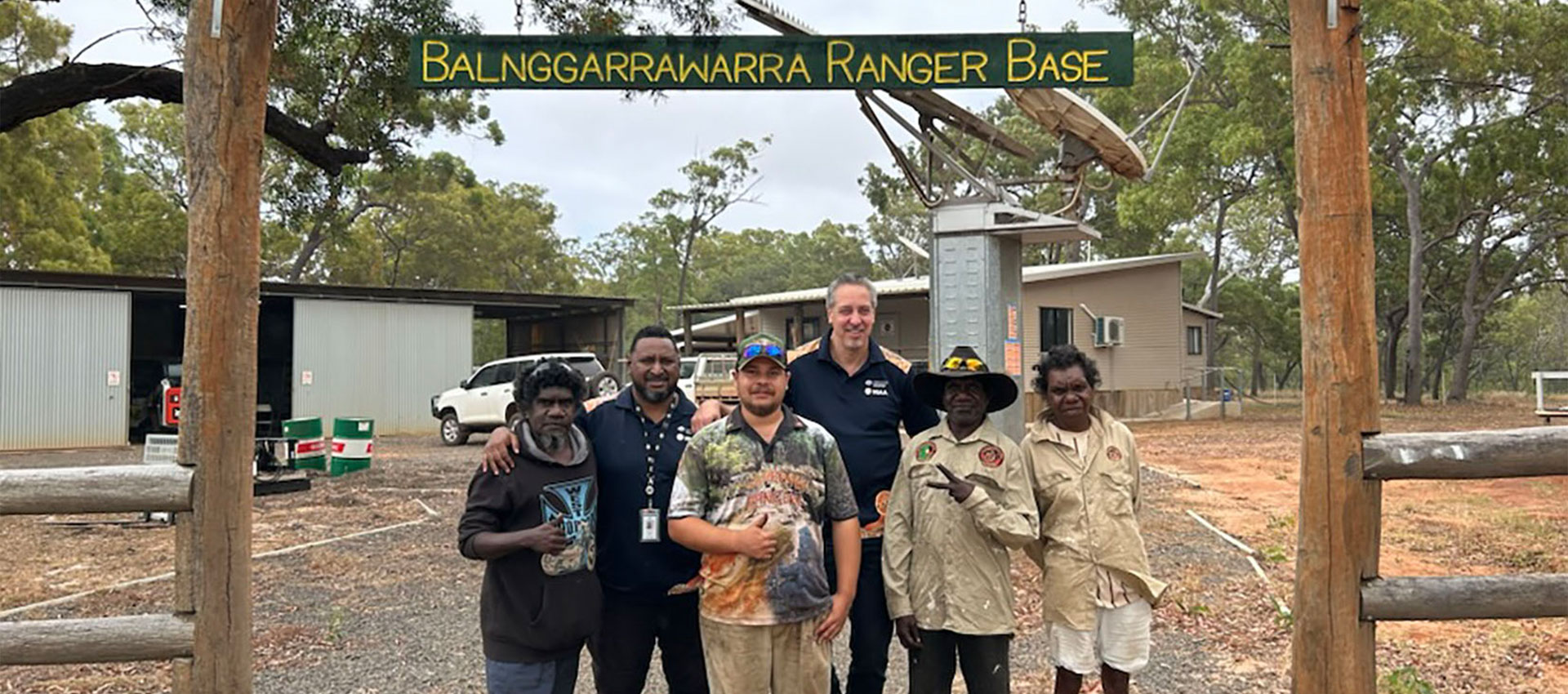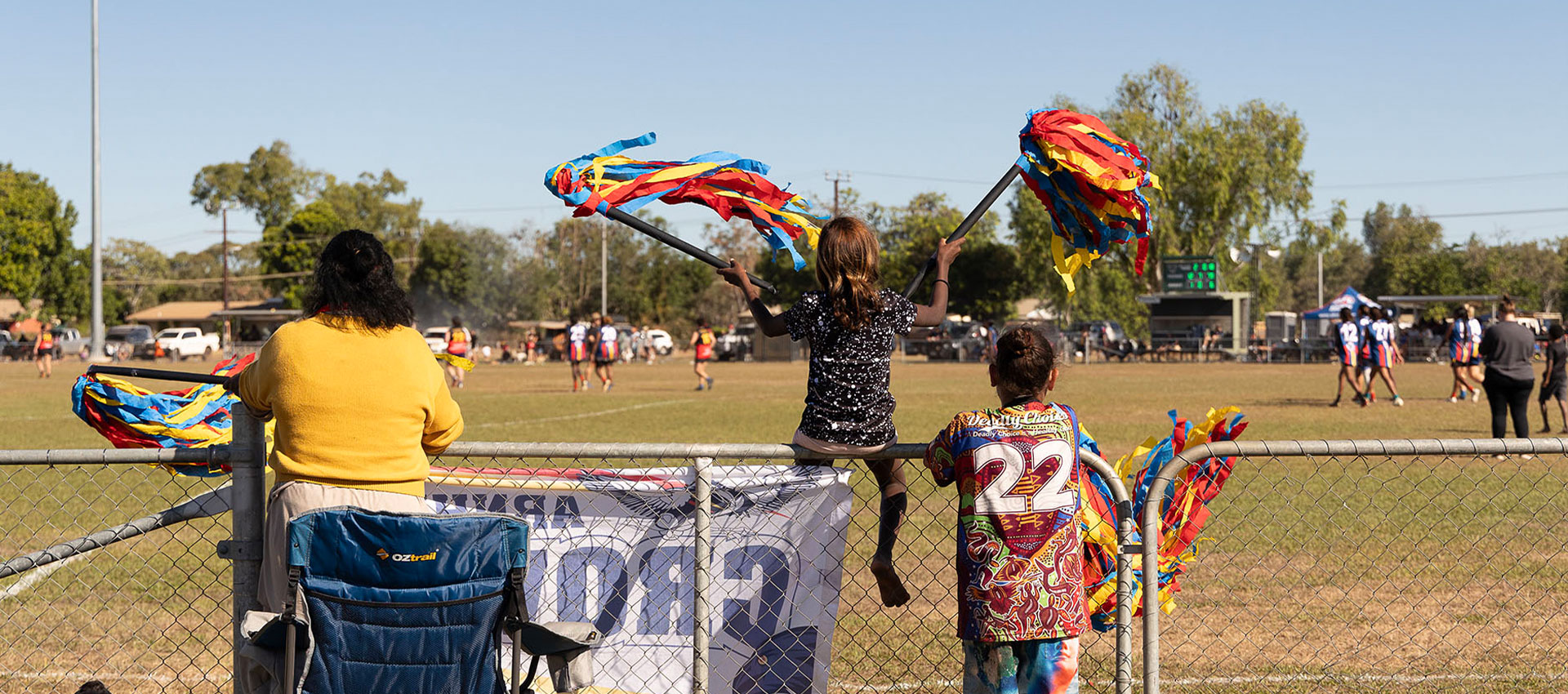
Image: The Balnggarrawarra Melsonby Rangers team are proud to work on their homelands, Balnggarrawarra Ranger Base, Cape York, Queensland
The NIAA is actively undertaking an agency-wide review to improve the impact of our programs and operations and drive better outcomes under Closing the Gap. This includes reforming the way First Nations programs and activities are funded and delivered. This reform will enhance the efficiency and effectiveness of the Government’s investments, ensuring it can better support First Nations peoples to fulfil their needs, goals and aspirations.
This approach will improve data transparency and enhance performance monitoring and evaluation, providing an evidence base to inform future investment decisions.
Work to strengthen the integrity of our processes and policies will also have a positive impact on outcomes. Further detail on our approach to Integrity is included in ‘Our operating environment’ section.
The NIAA is also working to better align the way we do our business with the Closing the Gap Priority Reforms, APS Reform, and whole-of-government First Nations expenditure. Importantly, this work will consider how we ensure the NIAA embeds shared decision-making approaches into all funding processes.
Representation of First Nations Leaders at senior levels is critical.
The NIAA is partnering with the Australian Public Service Commission (APSC) to boost First Nations employment across the APS. This includes:
- increasing First Nations employment across the APS to 5% by 2030
- increasing First Nations representation at senior leadership levels through the SES 1001 initiative
- refreshing the Commonwealth Aboriginal and Torres Strait Islander Workforce Strategy 2020–20242
- improving the workplace experience of First Nations employees.
Representation at senior levels is critical to harness the diverse knowledge-base and perspectives that First Nations leaders bring to the APS and ensure First Nations peoples participate in the decision-making process.
The NIAA is also leading the implementation of the Framework for the Governance of Indigenous Data, which aims to increase awareness and acceptance of Indigenous data sovereignty principles. The framework aims to provide First Nations people greater agency over how their data is governed in the APS so that government-held data better reflects their priorities and aspirations.
Work is also underway to deliver on the Commonwealth’s commitment to develop and embed the concept of allyship within the APS. Allyship is an active, reflective practice and a powerful tool to support the wellbeing and elevate voices of communities.
The practice of allyship supports behavioural change from non-Indigenous public servants, supporting them to practice meaningful cultural safety and reduce racism, while addressing unconscious biases in the APS in line with Closing the Gap Priority Reform 3.
1 The SES 100 initiative is co-sponsored by the Australian Public Service Commission and the National Indigenous Australians Agency, and aims to increase the number of First Nations SES leaders across the service from 54 to 100.
2 The Commonwealth Aboriginal and Torres Strait Islander Workforce Strategy applies across the entire Commonwealth public sector (including the Australian Defence Force, Australian Federal Police and Australia Post). It focuses on cultural integrity, career pathways and career advancement.

Image: Cheering on the teams at the AFL Grand Final, Barunga, NT